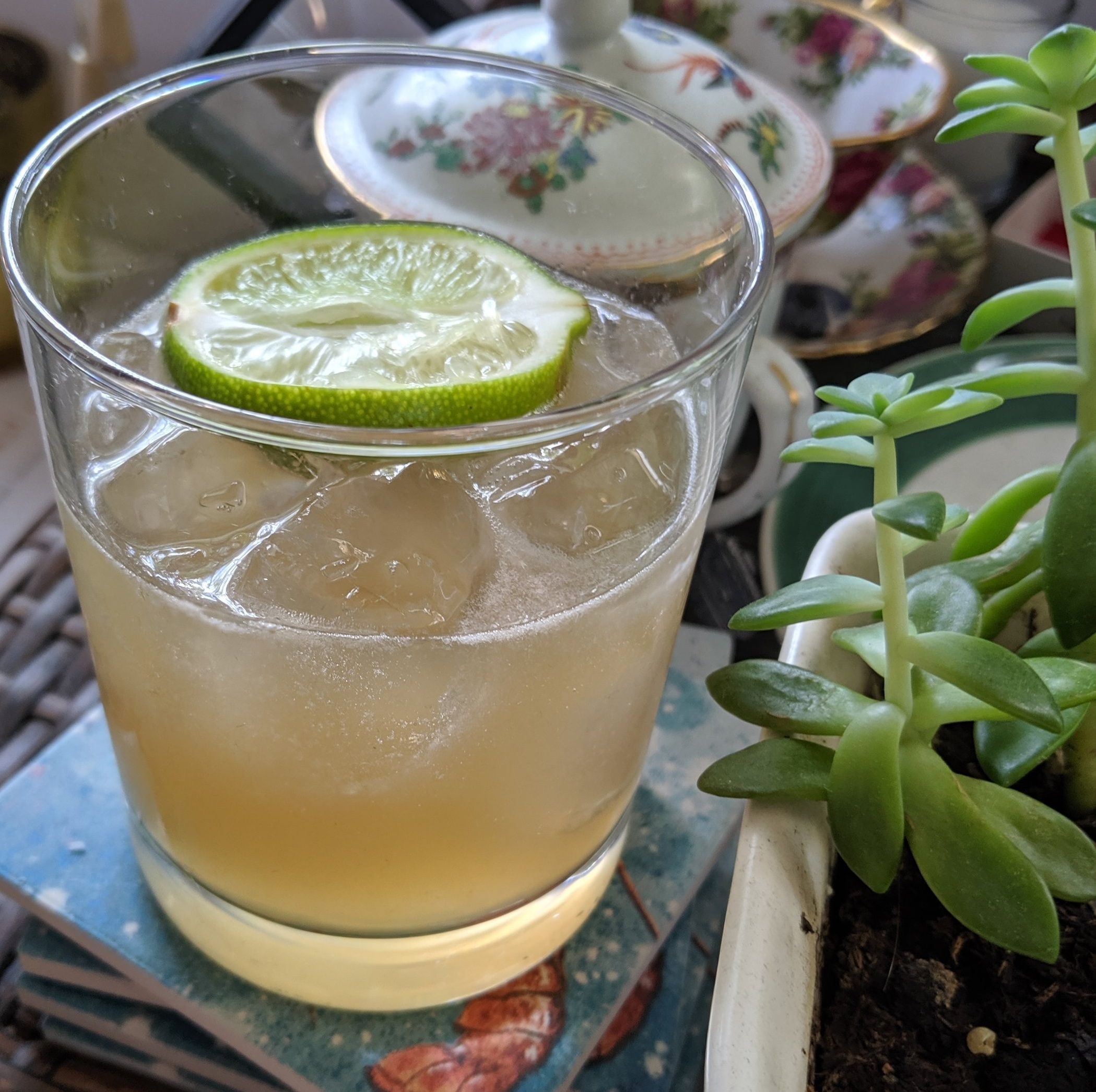Decadent Desserts: Brandied Créme Brûlée
This one’s pretty personal. It’s among the first things I cooked at home for Mrs. Eddie, and it is still her favorite dessert. Well, kinda. Let me clarify.
So this recipe is very heavily influenced by Alton Brown’s classic, very vanilla créme brûlée recipe. However, I thought we could maybe extract a little more vanilla flavor and add a subtle, extra background note at the same time. The tweaks are relatively minor, but they have a profound impact on the recipe. What brought us to them, and how do they impact the recipe? Well, for that you’ll have to read on. If you don’t have the patience, of course, you can always click the link below to skip to the recipe. Otherwise, I’ll see you after the picture to talk about burned cream.
Now that’s hot (tm)
The Sugar
Okay, I know first things come first, but here we’re last things first. How do you get that beautiful crust on top of a créme brûlée? Well, you… you burn it.
The traditional topping is just white sugar, melted and caramelized. Alton’s recipe features vanilla sugar — sugar that you let marinate with vanilla beans and pods for an indeterminate amount of time. Personally, I think you get a thicker, more satisfying, and more flavorful crust from using something a little… rougher.
I use demerara (aka turbinado) sugar, a form of raw sugar that’s unrefined and a bit coarser than your average sugar. This provides a beautiful molassesy, caramel flavor to the topping, as well as a thicker crust with more of a snappy texture. If you’ve never tried using coarser sugar to top a créme brûlée, now’s the time!
But how do you even make it? Ideally, you have a torch that can melt and lightly burn that sugar without it getting too dark. The trick is to keep the torch on moderate heat and keep it moving, so it doesn’t burn before it all melts. If you don’t have a torch, you can just as easily do it under the broiler, but! Keep a close eye on it, it’ll go from perfect to burnt in a matter of seconds.
This is… somewhere between.
The Custard
Alton’s recipe is beautiful and simple; he simmers cream with vanilla and then adds sugar and egg yolks. So how am I hoping to improve that?
Alton’s recipe makes use of flavor compounds that are water soluble (soaked up by the sugar) and fat soluble (soaked up by the cream). This will get a lot of the flavor of the vanilla, but maybe not all of it. That’s where alcohol comes in.
By simmering the vanilla beans in brandy and reducing that liquid, we can draw alcohol soluble compounds out of the vanilla. We then let the brandy reduction cool a little before we add the cream and carry on, bringing the cream to a boil and then letting it steep with the vanilla. Then we strain it out, temper the eggs, add the vanilla sugar, and on we go!
Okay. I don’t have much more to say. It’s time for the good part!
The Good Part (The Recipe)
For vanilla sugar:
2 c. white sugar
1 vanilla pod, opened and scraped
Combine sugar and vanilla pod and seeds in a mason jar. Shake well to combine, then let sit at least a few hours to combine. The longer this sits, the more vanilla flavor the sugar will absorb.
For custard:
1 vanilla pod, opened and scraped
1/2 c. cognac (or other brandy)
1 quart heavy cream (the higher milkfat the better, preferably not ultra-pasteurized)
1/2 c. vanilla sugar
7 egg yolks
Preheat oven to 350 degrees F.
Place vanilla pod and seeds in a small saucepan with brandy. Place over medium heat and reduce by at least half (or until syrupy, if you prefer).
Remove brandy and vanilla reduction from heat and let cool for about 10 minutes. Add cream, then place back over medium heat, stirring occasionally. Once cream comes to a boil, remove from heat again and let sit about 30 minutes.
Whisk sugar and egg yolks together until pale yellow and ribbony. Once cream has steeped, add cream to egg yolk bit by bit, whisking every time, until egg yolk mixture is heated to roughly the temperature of the cream.
Add egg and cream mixture back to rest of cream, whisking constantly to make a consistent custard. Strain through a fine mesh strainer into a large enough jug to pour into ramekins.
Pour custard into six ramekins, trying to keep it roughly even. Place ramekins into a baking dish and pour hot water into the dish until it is about halfway up the sides of the ramekins. Bake at 350 degrees F for about 25 minutes, or until custard is set on the outside and jiggles in the middle.
Remove ramekins from water bath and let cool for about an hour, then remove to fridge to cool for about four hours.
For topping:
1/2 c. demerara sugar
Coat top of each chilled custard with sugar. Torch or broil until melted and caramelized, but (ideally) not burnt. Serve immediately.
That’s it! I promise you, it sounds harder than it is. This is a recipe that requires a little attention and equally little effort, then you just burn it off as you need it. Do this, and I swear to you people you know will think you’re a genius.
Until next time, don’t forget to follow us on social media and subscribe to our email list so you don’t miss a beat. Thanks for reading, and stay hungry!















